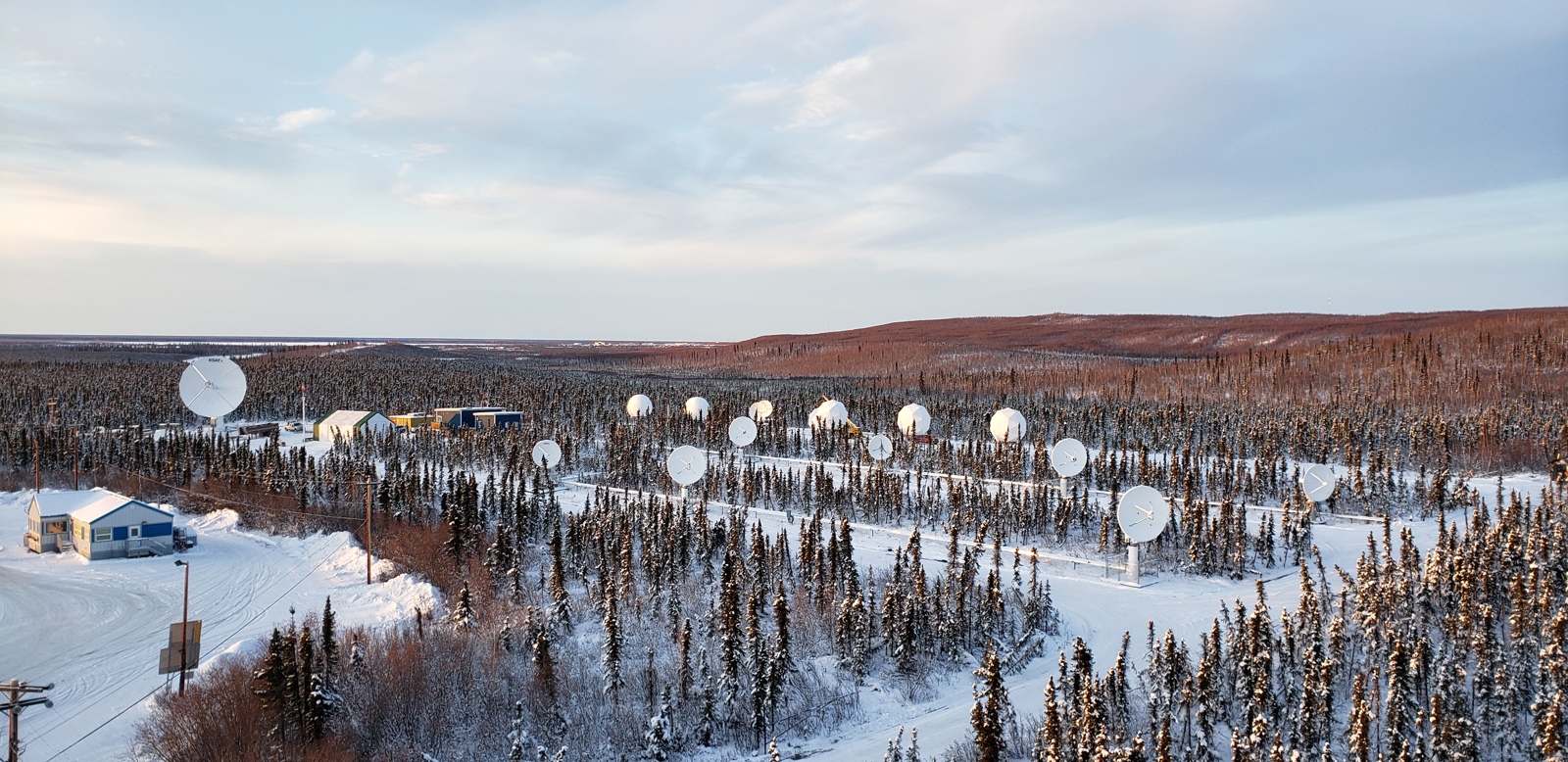The license comes five weeks after a provisional license was issued, and more than three years after KSAT submitted its original application for operation of its Canadian Satellite Ground Station, Inuvik subsidiary.
In a statement Rolf Skatteboe, KSAT President and CEO said:
“On March 29, 2019, Global Affairs Canada (GAC) issued a Full Operating License to the CSGSI Inuvik ground station site, enabling fully authorized operations of the antennas supporting the European Space Agency (ESA) Sentinel Satellites as well as the Planet Labs SkySat satellites.
This major milestone solidifies KSAT’s long term investment in the Northwest Territories and unlocks Inuvik as a world-class location for supporting a variety of satellite missions. KSAT would like to thank Minister Freeland and Global Affairs Canada (GAC) for supporting commercial space industry in Canada. It has been a challenging route, but through a combined effort we have made it happen.”
The ESA Sentinel satellites is the core of the European Commission Copernicus program. This program is Europe’s flagship that will provide environmental data for the next decades.
KSAT has 14 ground station antennas installed at the Canadian Satellite Ground Station Inuvik (CSGSI). The facility is managed locally by New North Networks and is owned by KSAT. CSGSI hosts the four Planet Labs antennas and the ten KSAT antennas.
The CSGSI Ground Station is a key component in KSAT’s total offering for ground station as a service. With its northern location on the American continent, it will supplement the other 20 ground stations with more than 170 antenna installations KSAT is running world-wide. It is KSAT’s ambition that CSGSI will grow just like KSAT Svalbard station has done; it started with one antenna in 1997 and the site at the Arctic Archipelago of Svalbard now has 70 antennas installed.
